Two weeks ago, we wrote about a disheartening trip to Vassfjellet. LA3WUA and LB0VG discovered that almost all the antennas we put up over the course of last year had broken, and that the LA2VHF/4 4 m beacon had blown its final amplifier in the progress. This week we are back with some good news.
After digging around a bit in the final amplifier of LA2VHF/4, it was quickly assessed that all the passive functions were in order. The bias voltage was at 4.6 V, and the supply was nice and steady. The likely culprit was the Mitsubishi power module, so we decided to order a new module from Mini-Kits to replace the broken one.
As word got around that the beacon had broken, we got in touch with ARK old-timer LA9IY, who happened to have one of the modules in his possession. LA9IY agreed to swap his module for the one that we ordered (which has yet to arrive).
- In the process of removing the broken power module.
- The beacon hooked up to a spectrum analyzer through a series of attenuators.
To the author’s surprise, everything worked fine after swapping to the new module. Just in case, we left the beacon running on our lab bench for a couple of hours, to see if anything would happen. The output level of the beacon went down by about 1 dB once the beacon started to get toasty, we ended the test when the output level had stabilized. The end result was an output power of approximately 35 W.
- Output power of the beacon. -4.66 dBm corresponds to about 35 W once the in line attenuation of 50 dB is compensated for.
- We tried decapping the broken module to inspect the damage, but there we no visible scorch-marks.
On Wednesday the 30th of May, LA1BFA and LA3WUA went up to Vassfjellet to reinstall LA2VHF/4. The 23 cm beacon, LA2SHF, which was built over the course of the winter was also brought along.
Installation was rather painless. For LA2VHF/4 we used the already deployed vertical antenna, which was the antenna in use before we built the (now broken) big wheel antenna. LOS propagation will likely be a bit worse with a vertically polarized antenna, but for the main mode of propagation – Sporadic E – there should be little to no difference. The reason for this is that propagation through the ionosphere scrambles the polarization, so vertical or horizontal becomes less important.
- An outside shot of the cabin. LA2VHF/4s antenna can be seen on the mast.
- LA1BFA doing some debugging of the Ubiquity wireless link equipment.
- Getting crowded in the beacon rack.
We installed LA2SHF indoors, using a simple sleeve dipole that we showed how to build in a previous blogpost. On 23 cm, horizontal polarization is desirable as it is more commonly used for the available propagation modes. Examples of such modes are aircraft scatter and tropospheric ducting. For local amateurs it is also nice with better coverage in the line of sight. The reasoning here is that more amateurs have horisontally polarised antennas, so that it is more likely to be heard.
In the spirit of all ARK repair sessions, all did not go perfectly. In our hubris we made a small mistake. LA2SHF is currently operating with the exchange “LA2SHF JP53EK Beeeeeeep”, this should have been “LA2SHF JP53EG Beeeeeep”. We will make sure to fix this the next time we visit Vassfjellet.
- Saturday provided a nice test for LA2VHF/4. During a sudden Sporadic E session with maximum usable frequencies peaking 86 MHz, we got some good propagation towards Europe.
- For LA2SHF we have simulated a LOS coverage map, where we assume that the listening station is using an antenna with 20 dB gain pointed towards Vassfjellet. If you are in the green and yellow areas, it is likely that you can hear the beacon.
As always, we are interested to hear your reports if you have heard our beacons. You can get in touch with us at la2vhf (at) la1k.no or la2shf (at) la1k.no, or by spotting us on your favorite cluster. Some brief data on the beacons is provided below.
LA2VHF/4:
QRG: 70.063 MHz – Power: ~35 W – Antenna: 1/4 wl vertical – Polarization: Linear (vertical)
LA2SHF:
QRG: 1296.963 MHz – Power: ~30 W – Antenna: sleeve dipole – Polarization: Linear (horizontal)
Finally, we would like to thank LA9IY for supplying us with a power module, and DL9DAC, OM3CLS, GD3YEO, ON4KST, DH5YM, LA9JK and LB8UG for their signal reports.
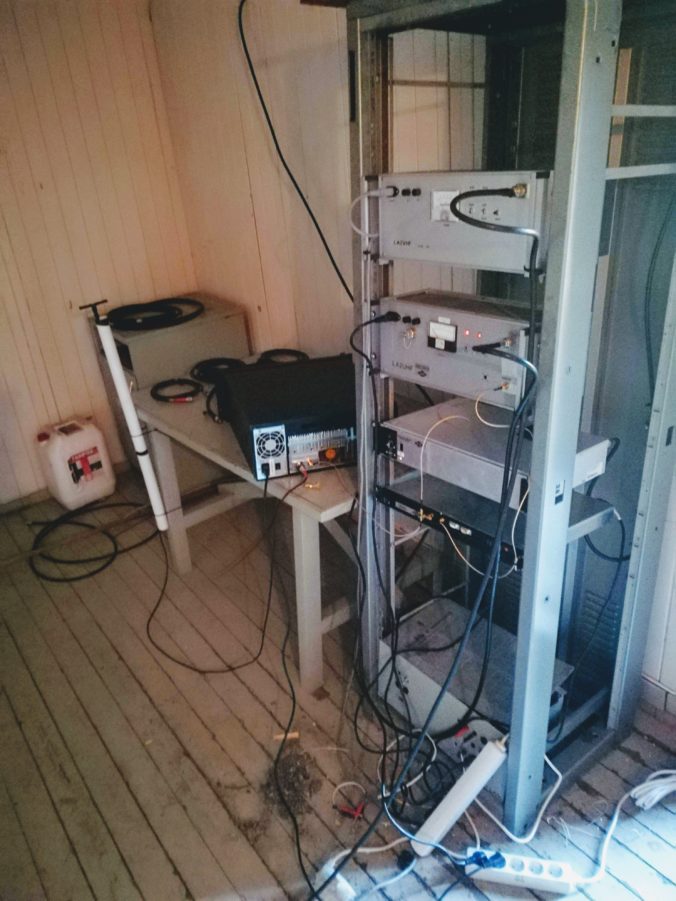
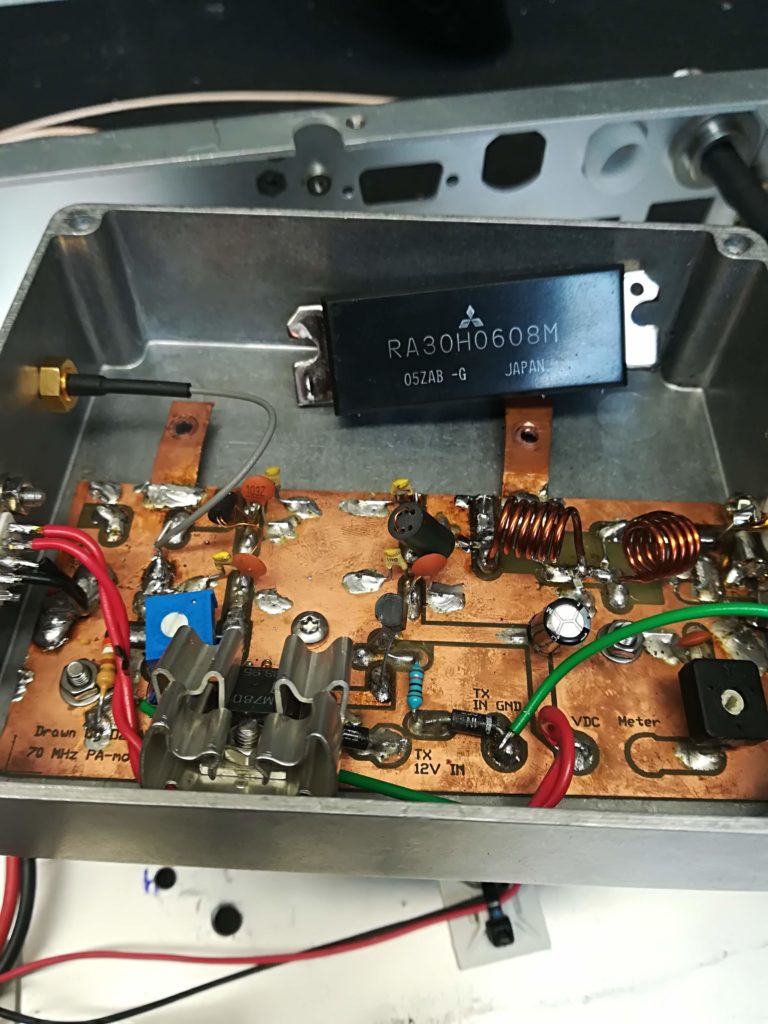
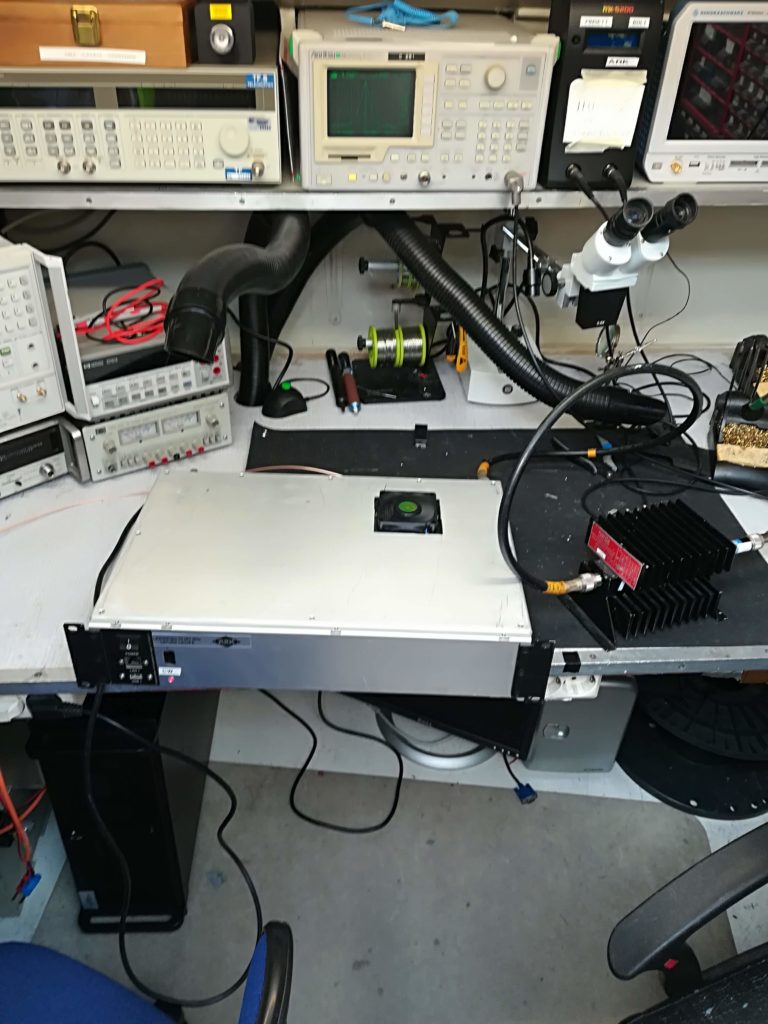
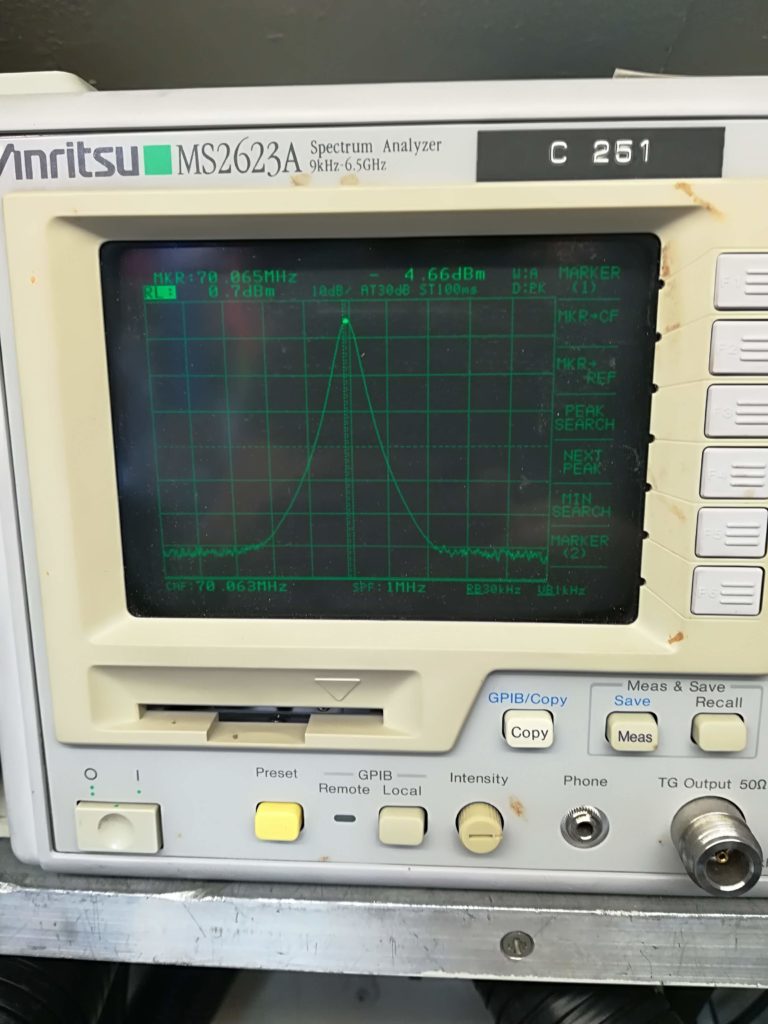
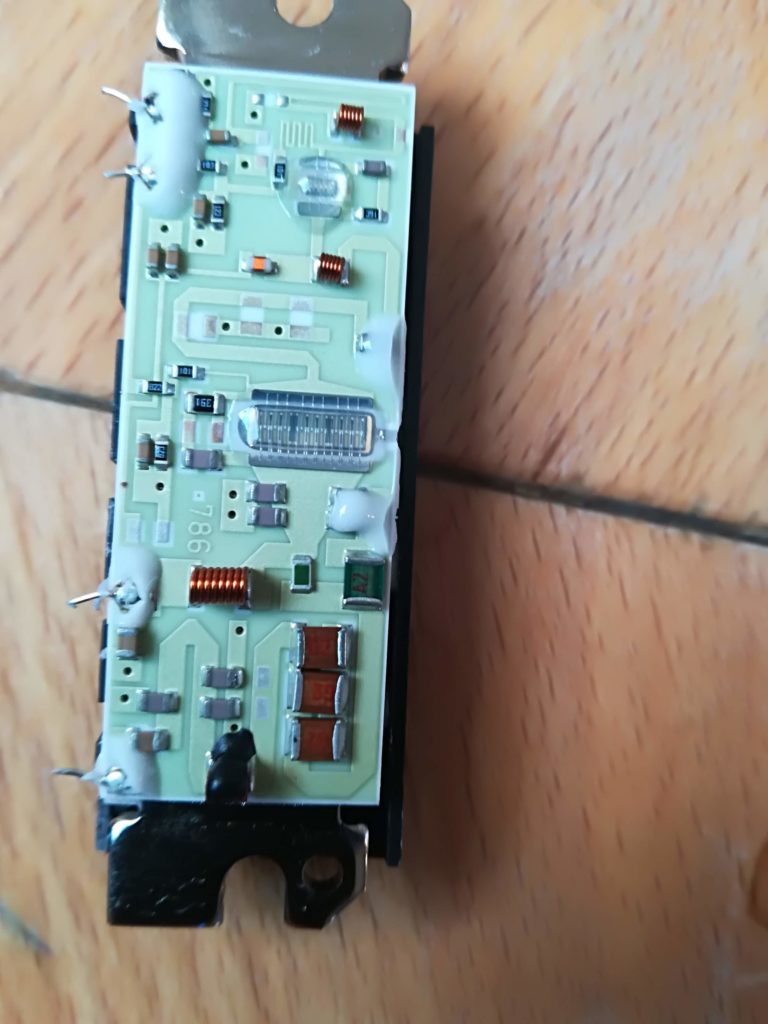
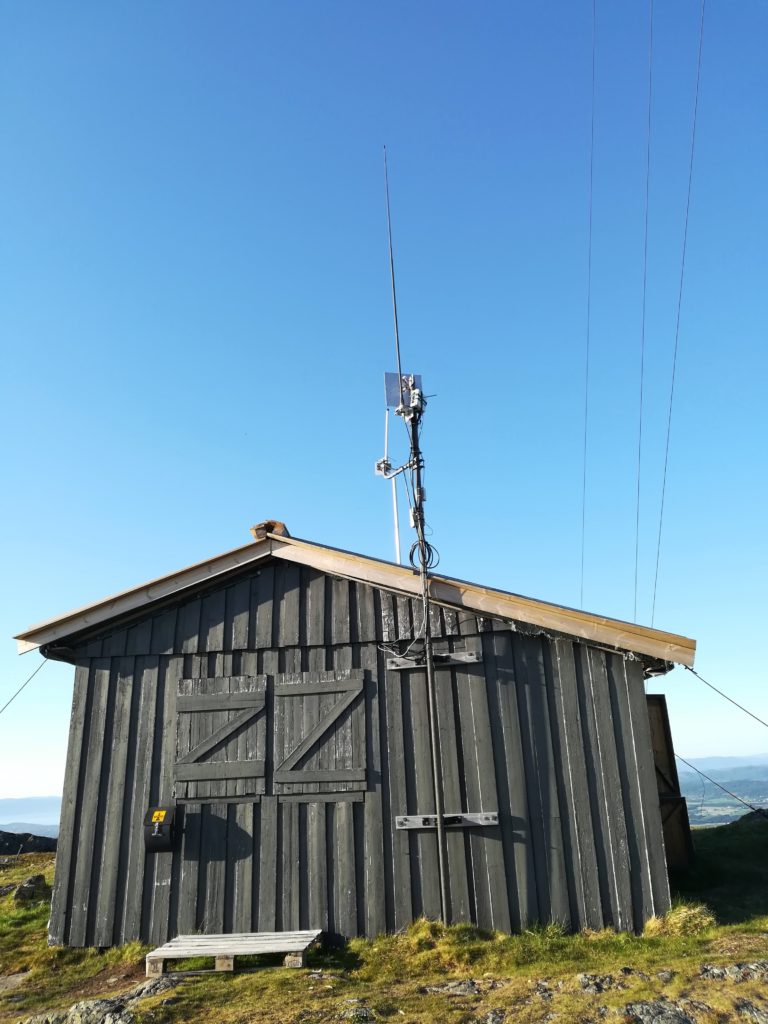
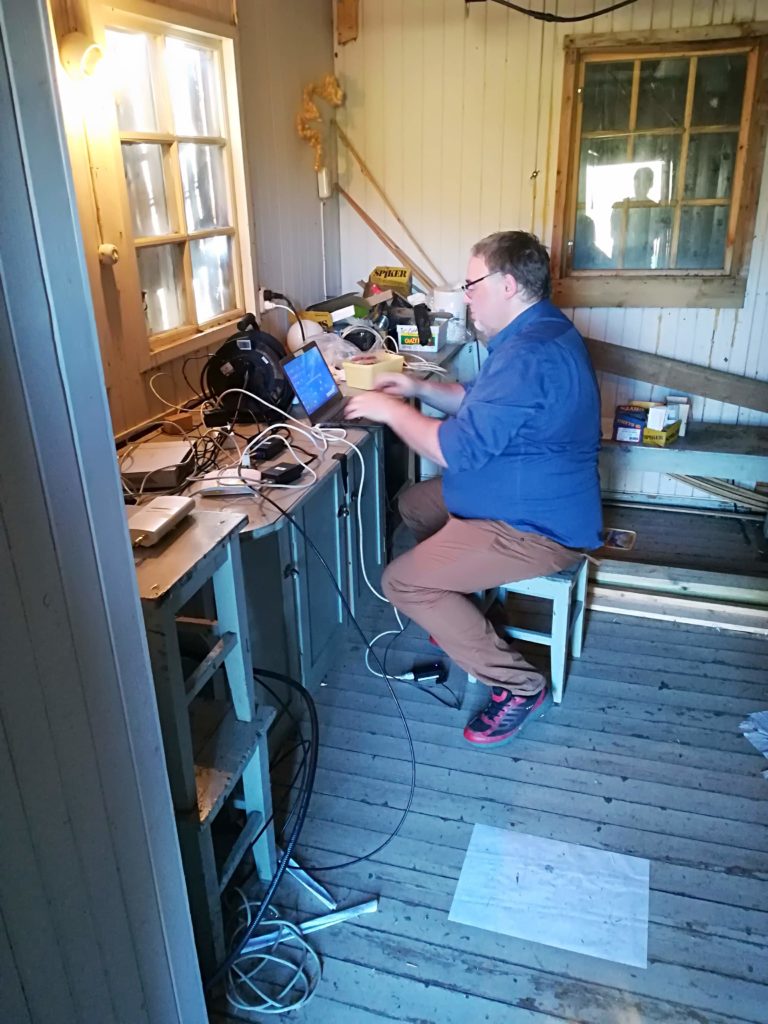
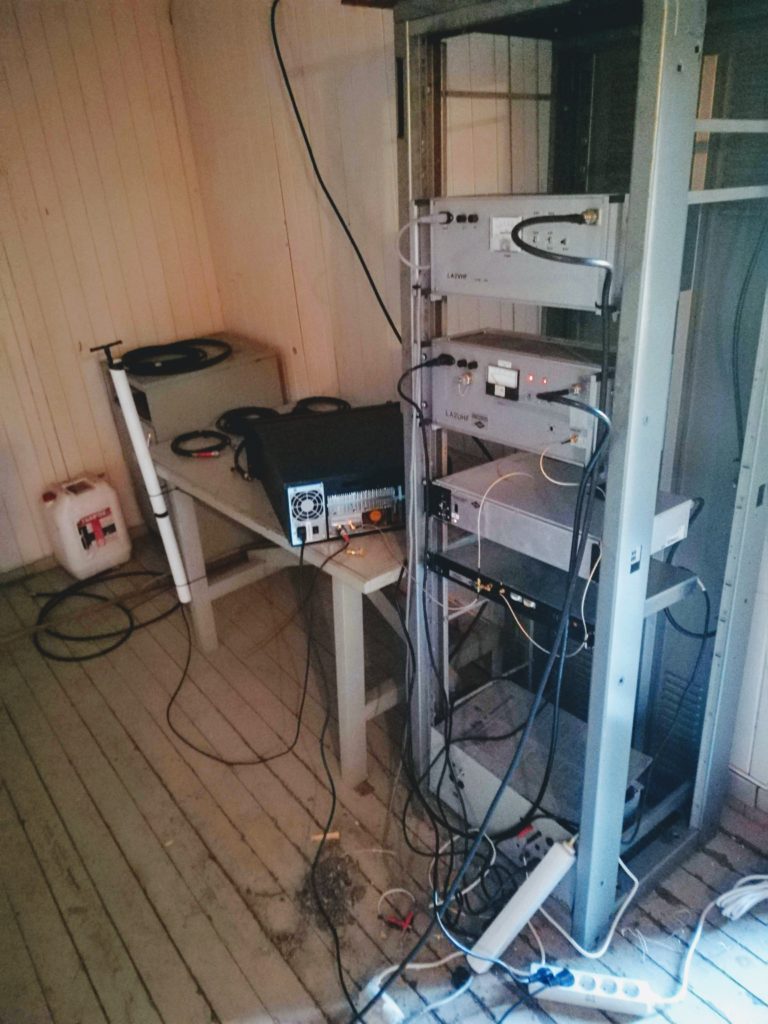
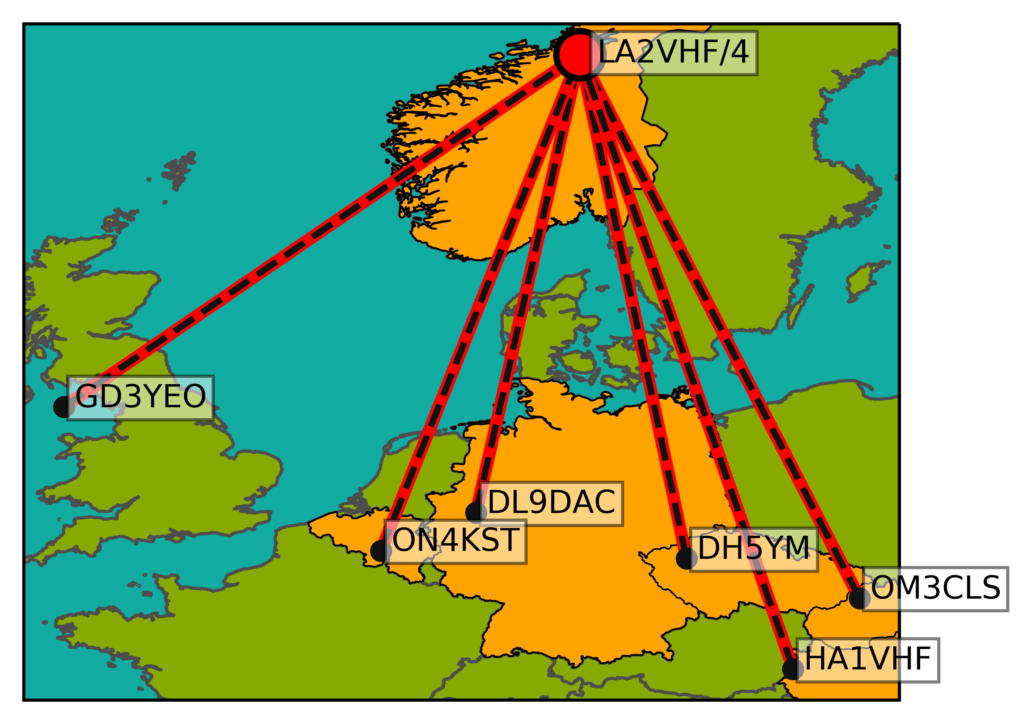
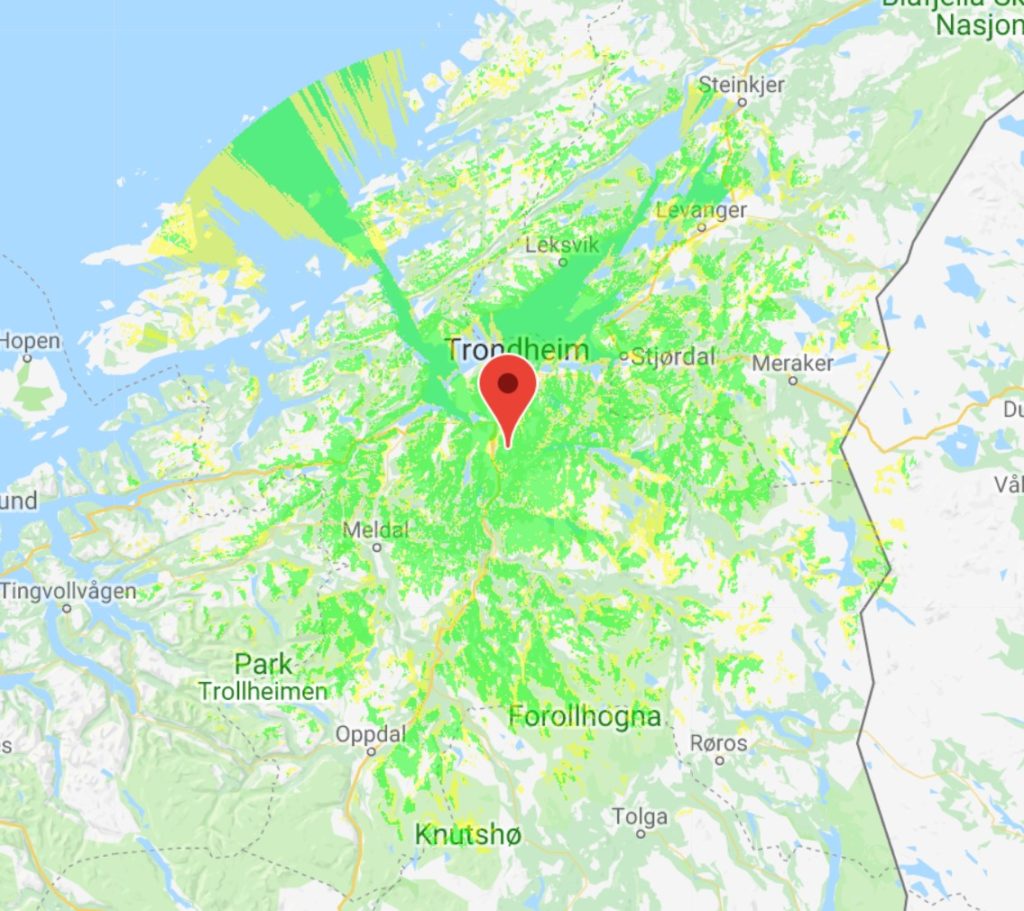

0 Comments
2 Pingbacks